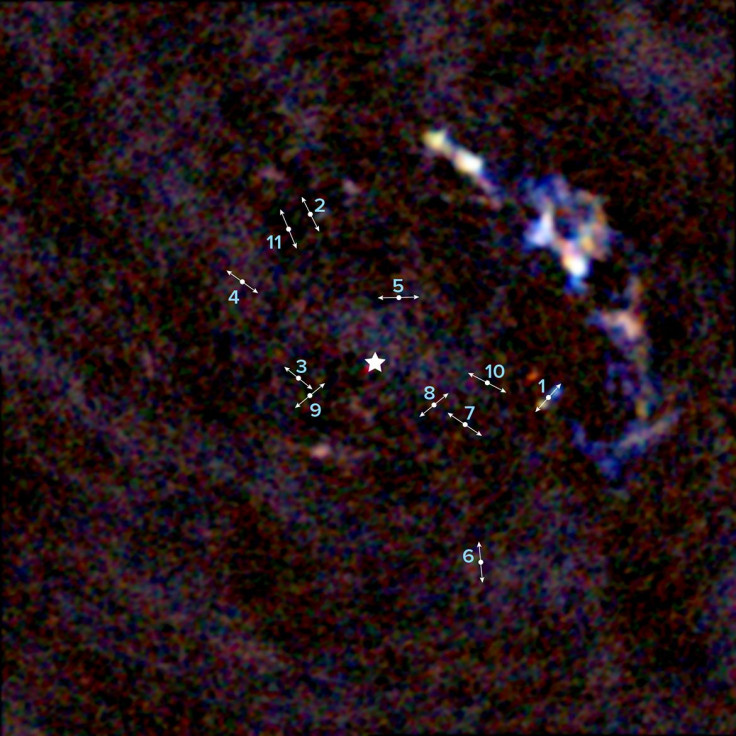Young Stars Found Dangerously Close To Milky Way’s Supermassive Black Hole

Eleven stars near the center of our galaxy are living on the edge — of a black hole. Scientists say they’ve found the group of stars, which are still forming, dangerously close to the supermassive black hole at the heart of the Milky Way and it’s a surprising find.
It looks like the black hole is hosting a baby star nursery, based on the team’s description in their paper, published in the Astrophysical Journal. The little stars are only about three light years away from the great void at the galaxy’s center, known as Sagittarius A*.
“This discovery provides evidence that star formation is taking place within clouds surprisingly close to [Sagittarius A*],” the researchers wrote. They would have expected the supermassive black hole to rip apart the cloud of material from which the stars are forming, either from the tidal forces of its gravity stripping off pieces or from its radiation blowing them away.
Sagittarius A* has the mass of 4 million suns.
But the existence of the young, low-mass stars known as protostars suggests other factors are at play. The researchers say it’s possible, for example, that the cloud of gas and dust is being compressed in such a way that it has enough gravity to resist the pull of the black hole.

No matter the forces behind it, the detection of the 11 growing stars, which are each only about 6,000 years old, shows that stars can come together even in the most chaotic and rough locations.
“This is a genuinely surprising result and one that demonstrates just how robust star formation can be, even in the most unlikely of places,” astronomer and lead paper author Farhad Yusef-Zadeh said in a statement from the National Radio Astronomy Observatory.
And if this sort of daredevil star formation is occurring in the Milky Way, at a location just 26,000 light years away from Earth, it could be happening elsewhere as well.
“Star formation could take place in the immediate vicinity of supermassive black holes in the nuclei of external galaxies,” the study says.
The scientists want to figure out whether these 11 young stars will one day be centers of their own solar systems.
“The next step is to take a closer look to confirm that these newly formed stars are orbited by disks of dusty gas,” astronomer Mark Wardle said in the statement. “If so, it’s likely that planets will eventually form from this material, as is the case for young stars in the galactic disk.”
© Copyright IBTimes 2024. All rights reserved.





















